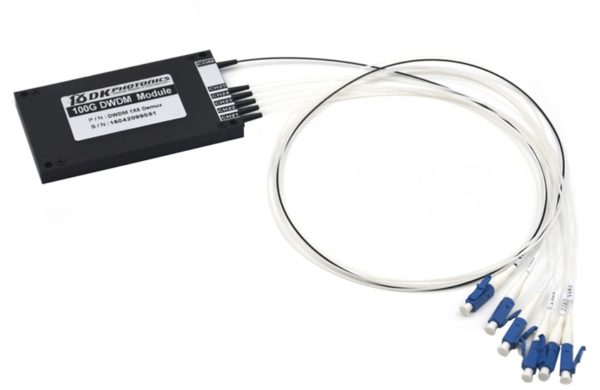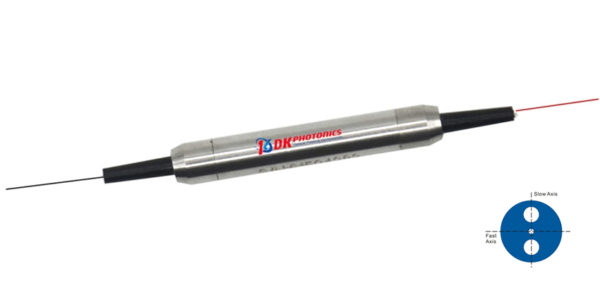Optical coupler is something most important for phonics devices and systems that are meant to combine or split light signals into fibers. The couplers can be either active or passive devices. The passive redistributes the signal without optical-to-electrical conversion while Active couplers split or combine the signals electronically.

When it comes to buying Optical Fused Coupler, there are some crucial factors that you should base your decision.
What you need them for
Before you start searching for Optical Fused Coupler suppliers, get to know where you are going to use them. As each coupler has different features which make them perfect for some certain application, if you know your need, you can choose the coupler equipped with the features essential to cater to your needs.
How they work
A basic fiber optic coupler has two points: N input ports and M output ports. These points will typically range from 1 to 64. But generally, these devices have four-port. How they work depends on the distributed coupling between two individual waveguides in close proximity, and this makes the power gradually transfers between modes which are supported by these waveguides.
Four ports fiber optic coupler works like this. When light enters into the port 1, it splits into output ports which are port 3 and port 4. And the port 2 functions in the same way. Sometimes, either port 1 or port 2 remains unused. In such case, the fiber optic coupler acts as a Y or T coupler.
As we have learnt that fiber optic coupler is used to couple or split light, so the coupler is also called fiber optic splitter. The term is used as it, the coupler, splits the light signal.
Where to buy
As you, now, know what you need a coupler for and how a coupler works, you are able to decide on the optic fused coupler. But where you buy it?
There are many fused optical manufacturers and suppliers in China. They make a wide range of couplers for various applications. But choose a manufacture that best suits you.
Check for their clients. This will help you know how they will cater to your needs. If they serve needs of businesses like yours, they are more likely to meet your expectation. Also, make sure if they provide customization. Because. There are many like DK Phontonics that also offer to customize the coupler to meet particular requirements. But make sure the prices offered are reasonable for the quality you get.

